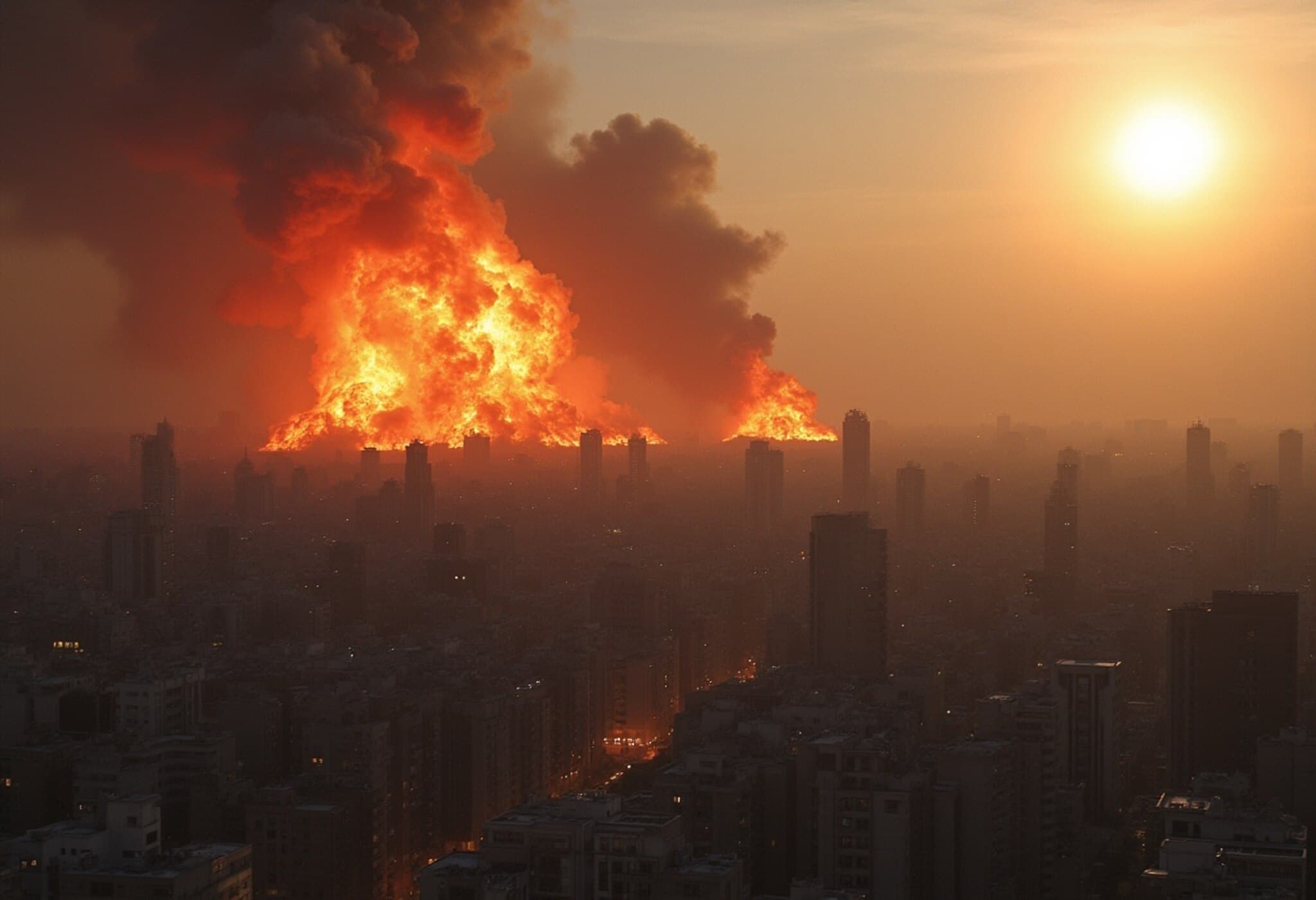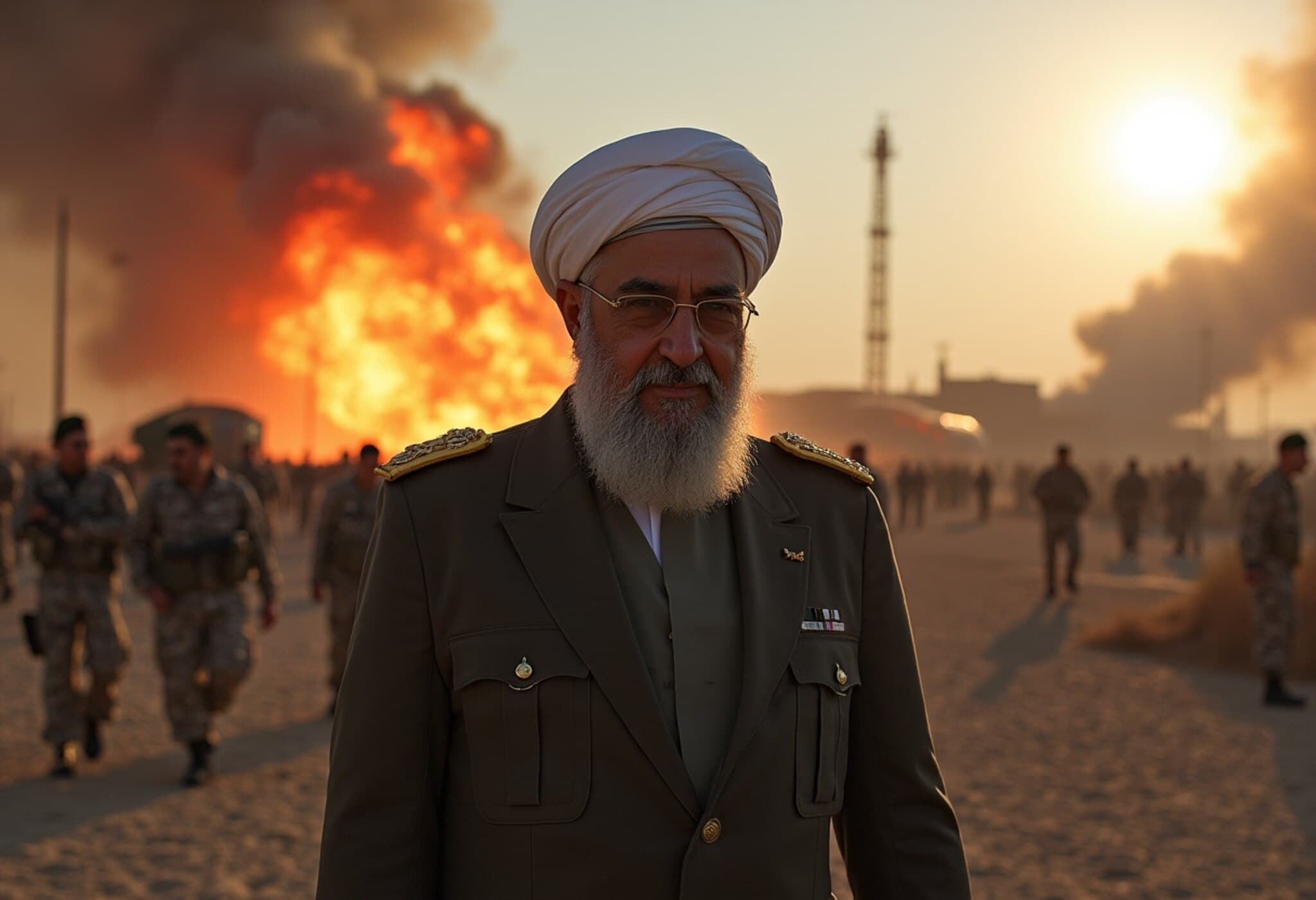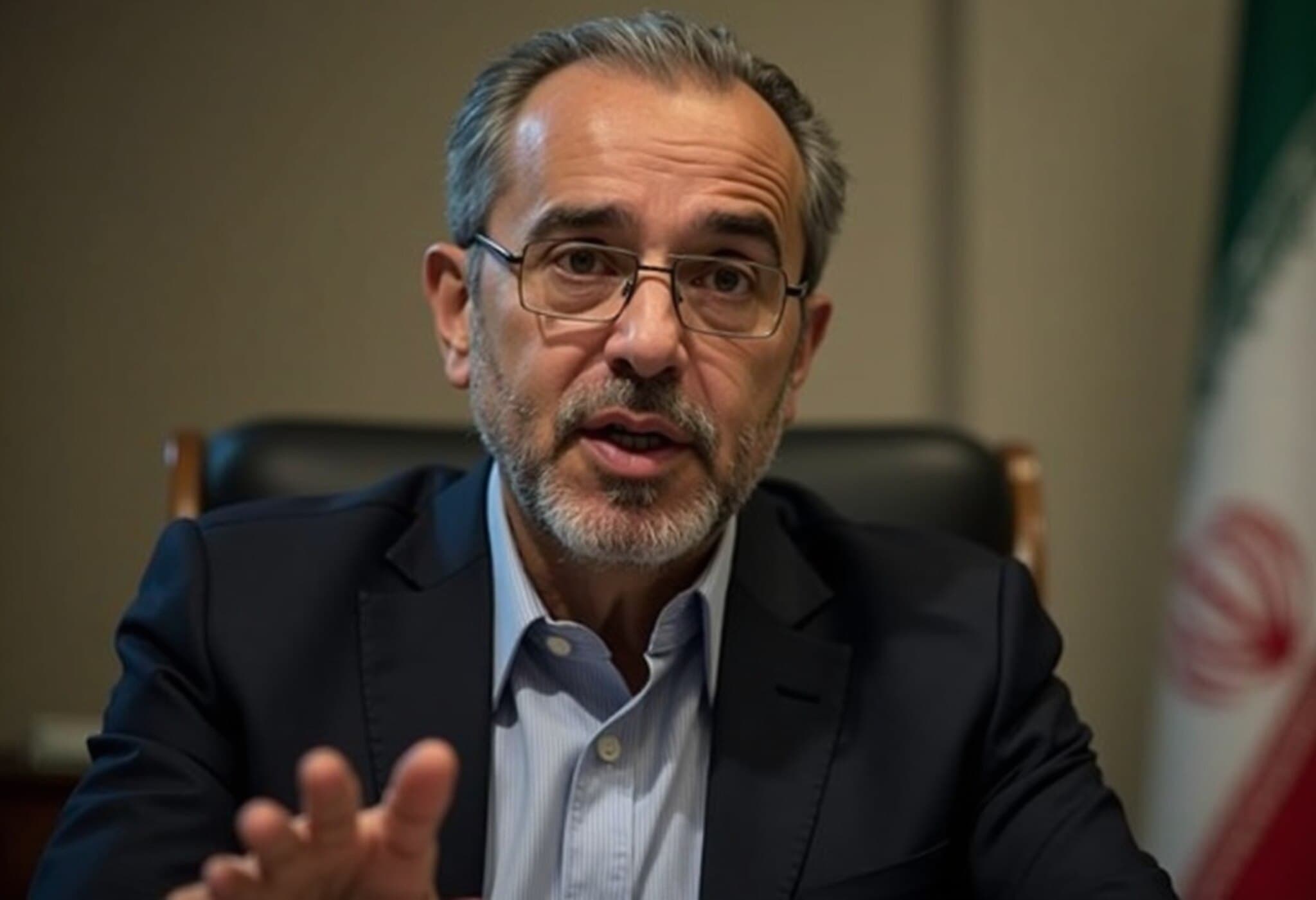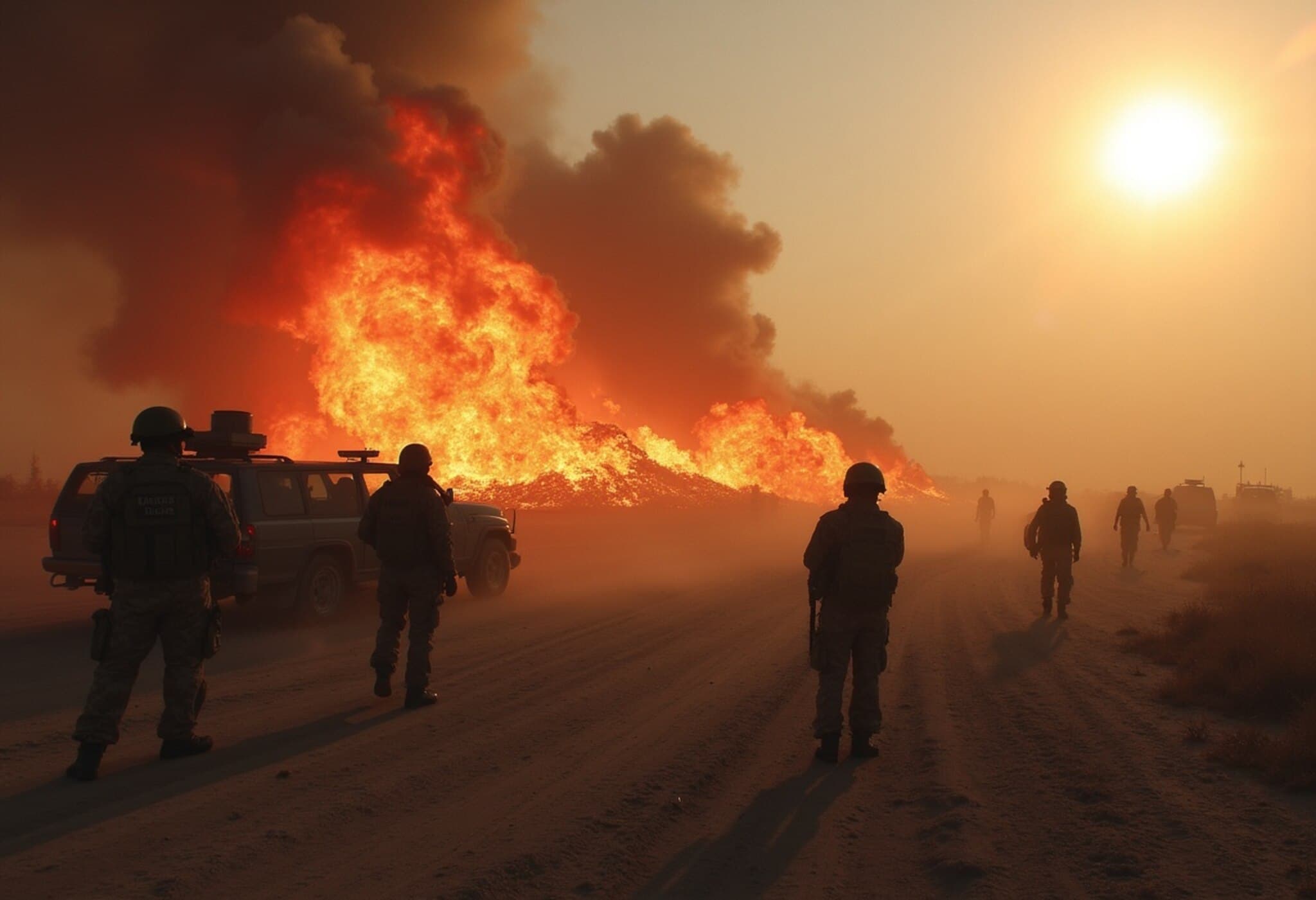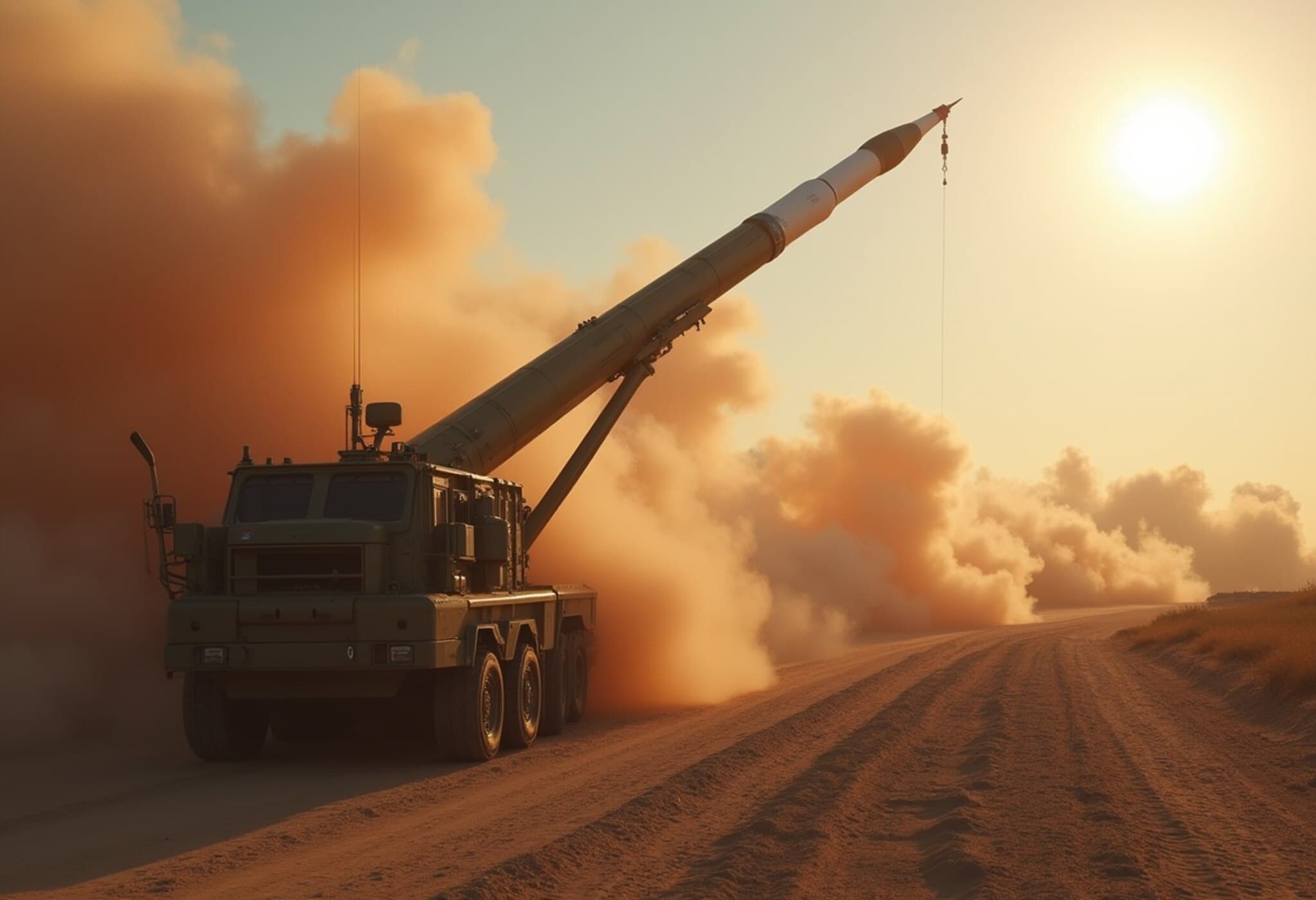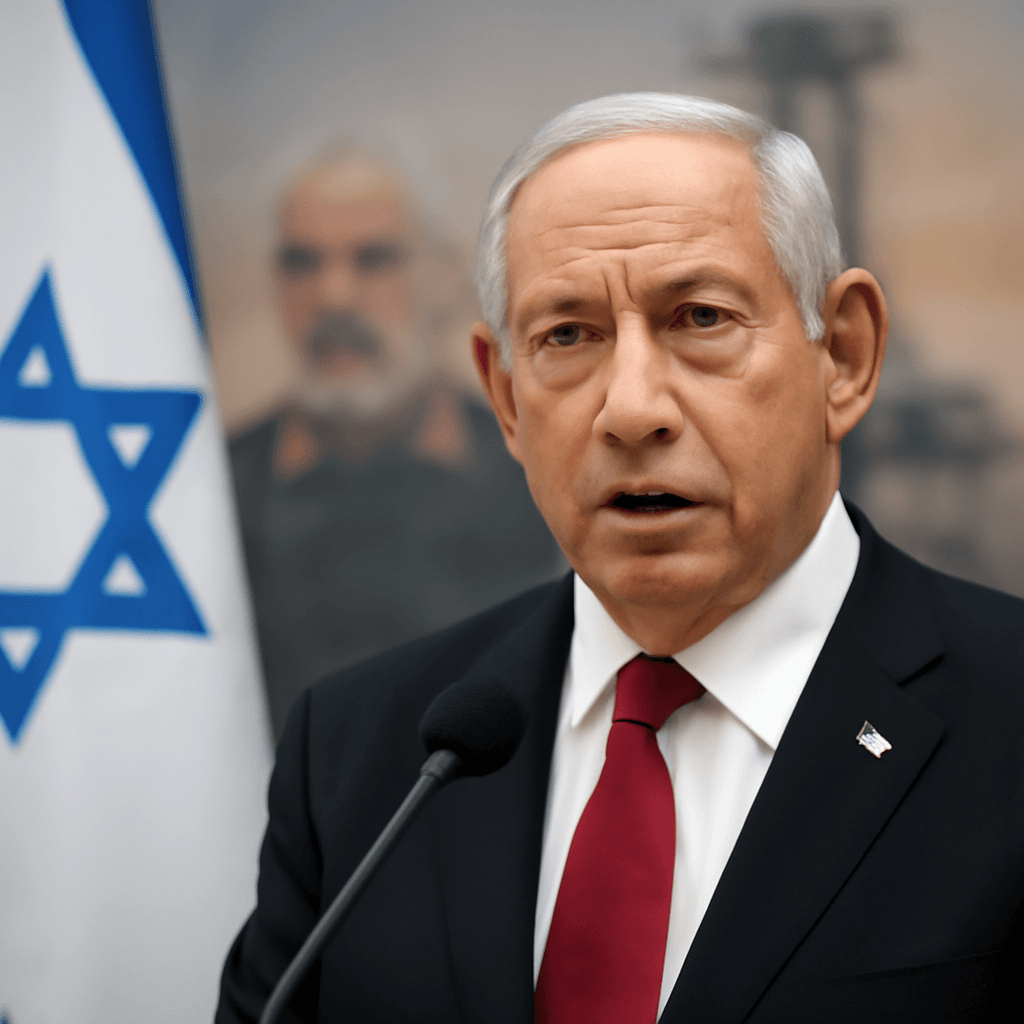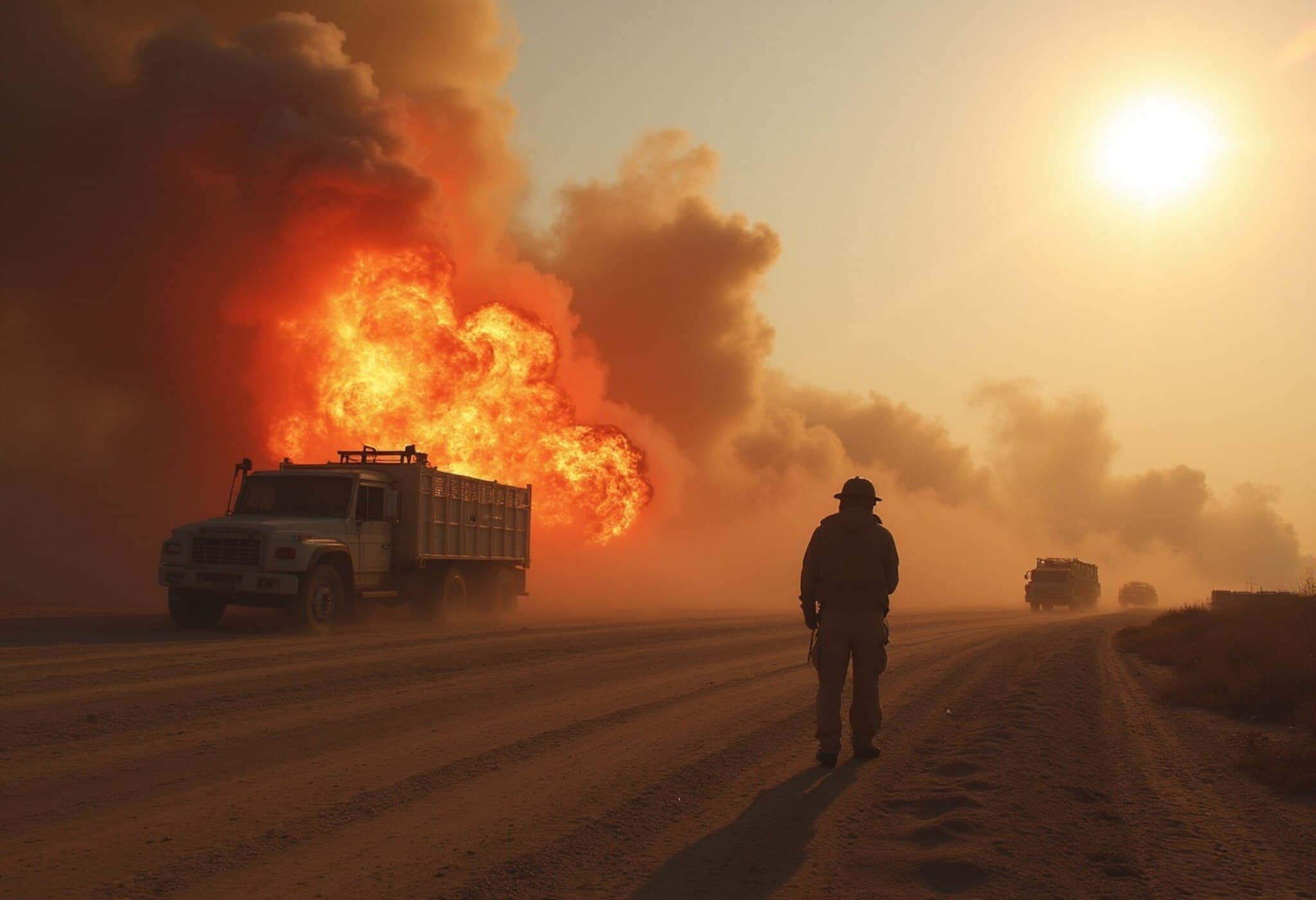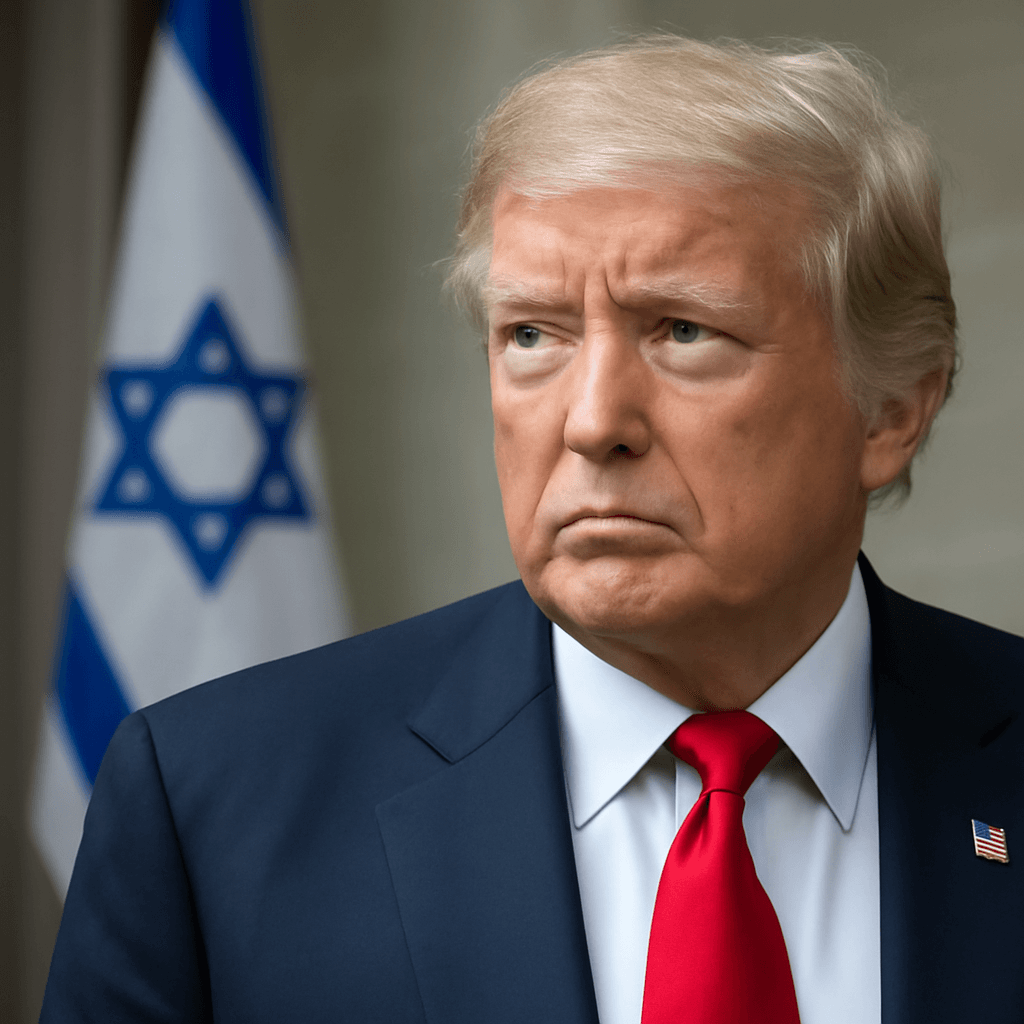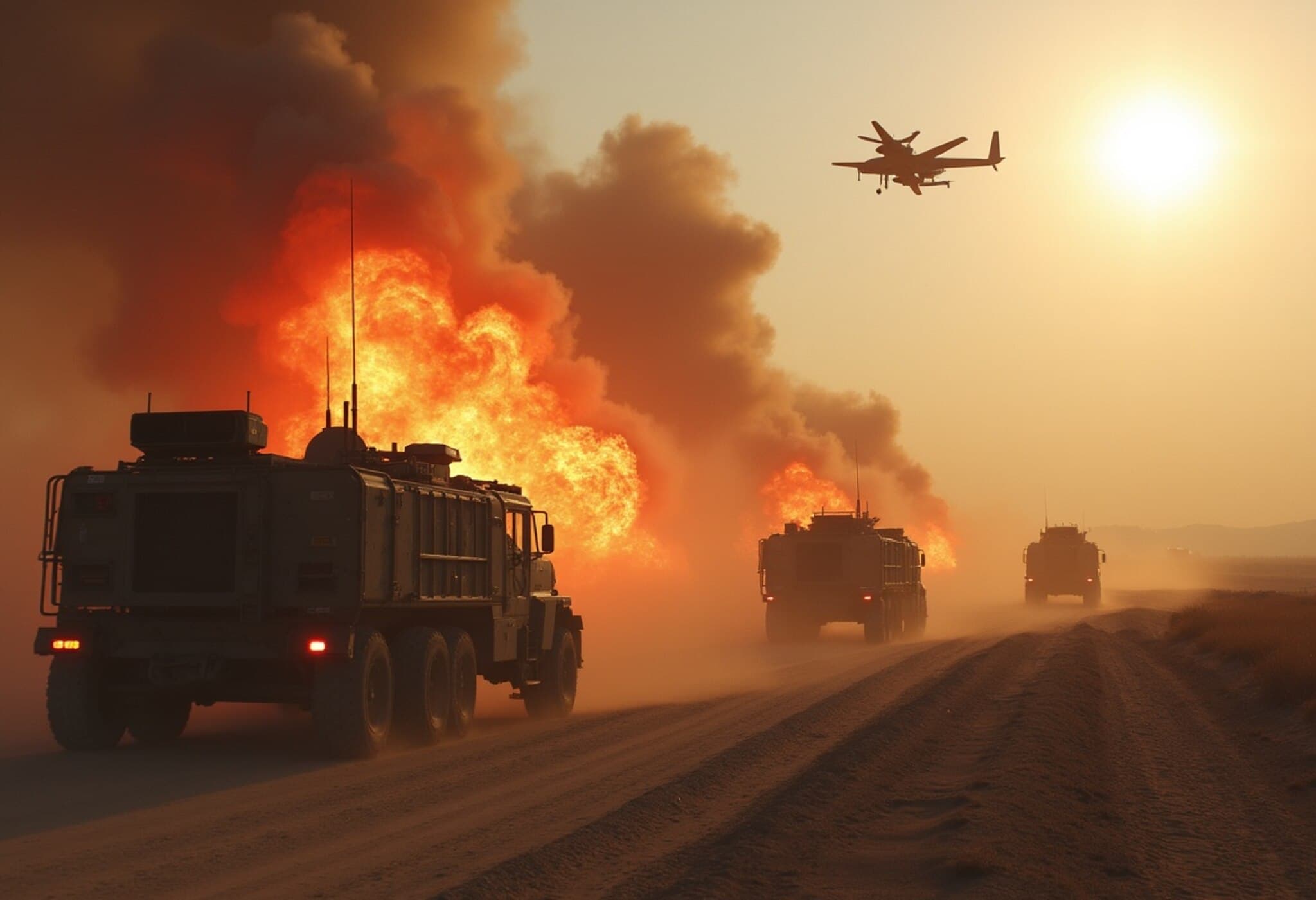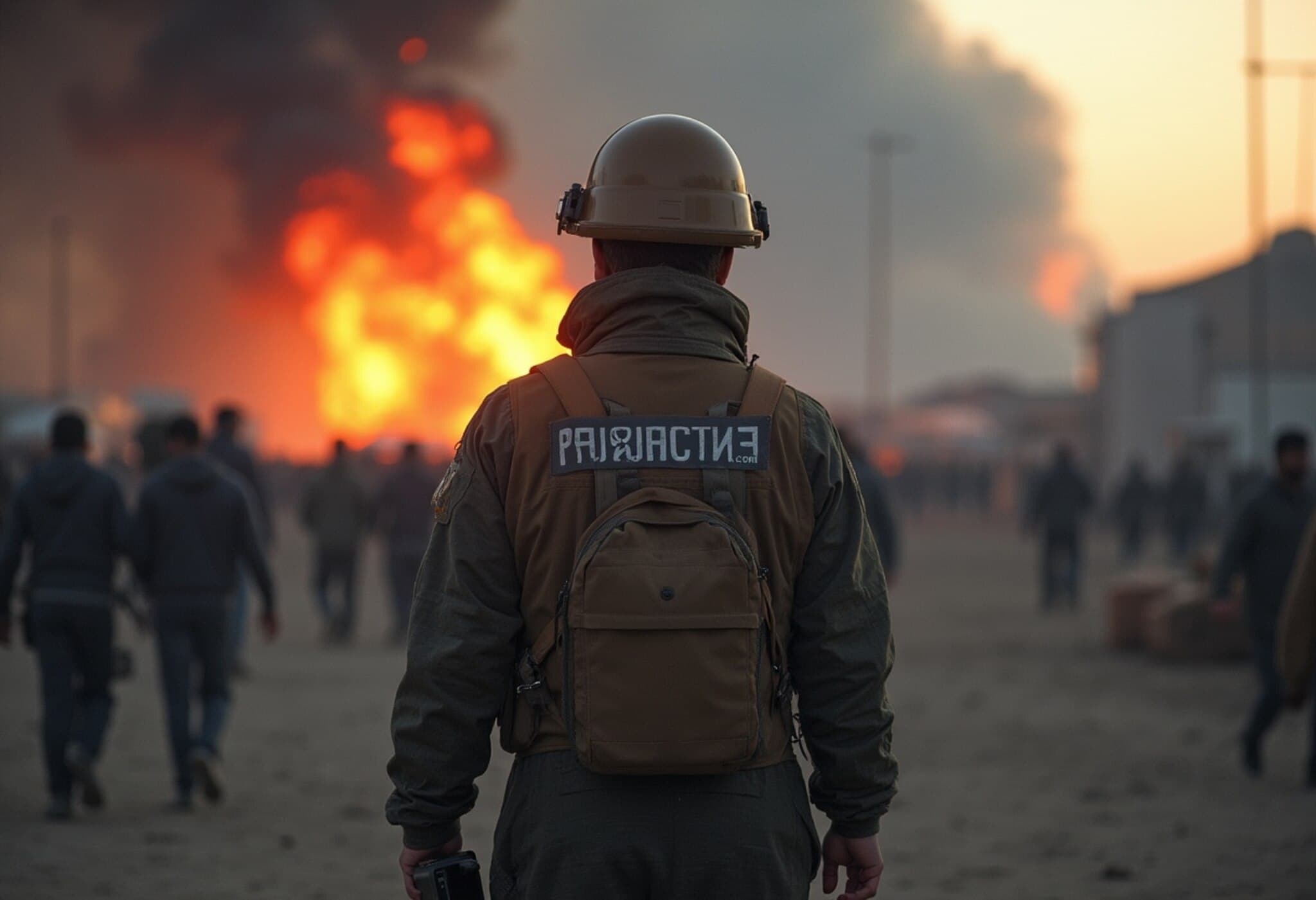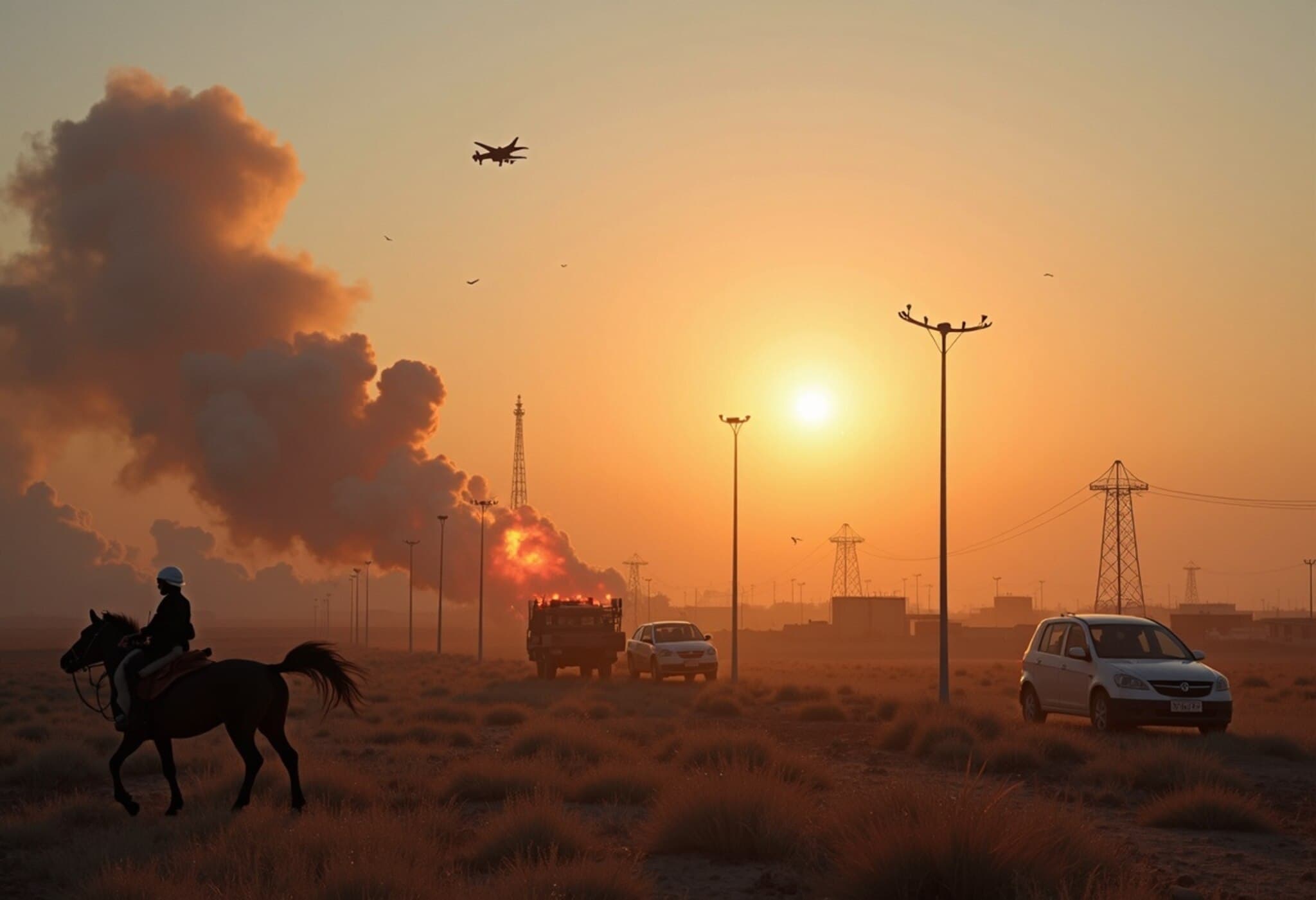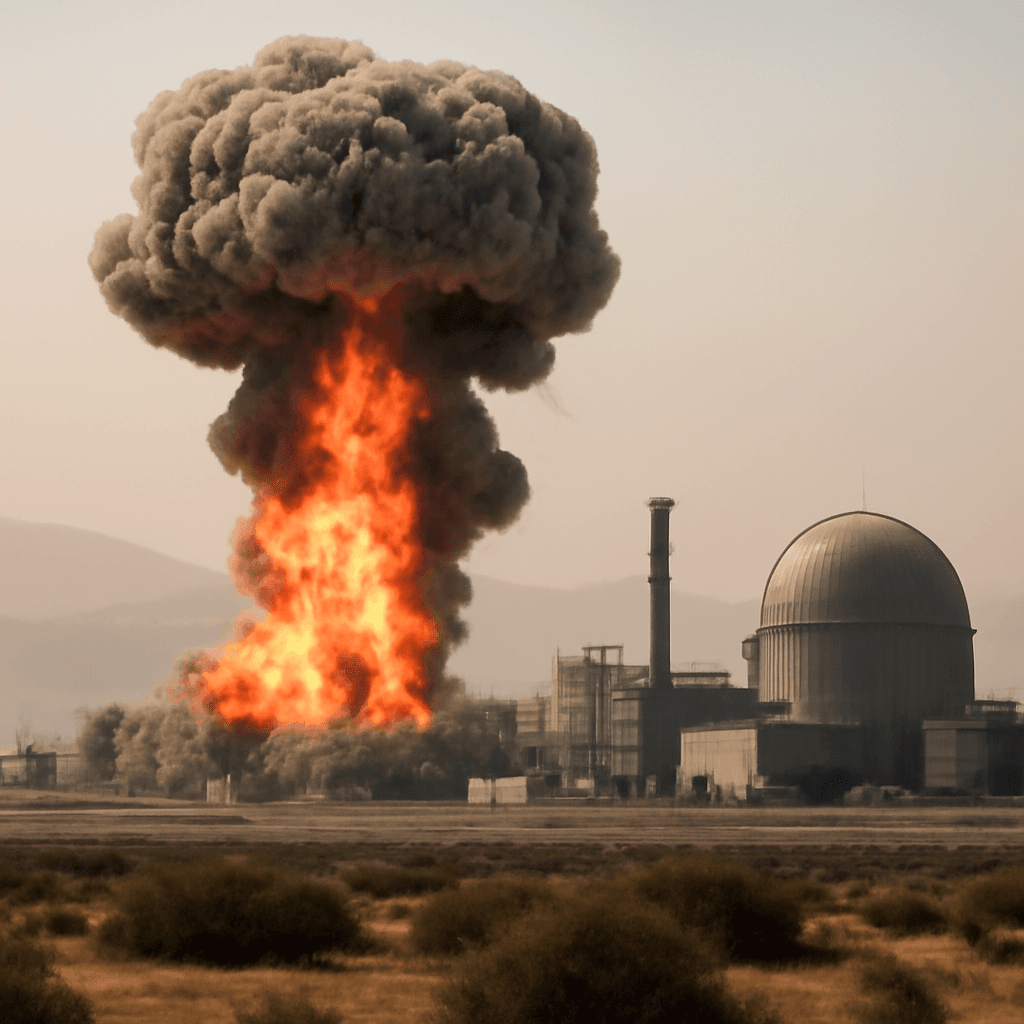Israel's 'Rising Lion' Operation Marks a New Chapter in Iran Conflict
In the early hours of Friday, Israel launched a significant military operation inside Iran, striking critical nuclear and military sites. Named "Rising Lion," the operation reportedly resulted in the deaths of high-ranking Iranian figures, including Commander Hossein Salami and two prominent nuclear scientists. The attack coincides with ongoing nuclear talks between Tehran and the United States in Oman and comes amid escalating tensions over Iran’s uranium enrichment efforts.
A Complex History: Israel and Iran’s Turbulent Relations
To understand the gravity of the recent escalation, it’s essential to look back on the fraught relationship between the two nations through the decades:
- 1979: The Iranian Revolution topples the Shah and establishes an Islamic Republic, severing formal ties with Israel and adopting a staunchly anti-Israel foreign policy.
- 1982: Iran’s Revolutionary Guard helps found Hezbollah amid Israel’s invasion of Lebanon, establishing a proxy force that would become a major adversary to Israel.
- 1983: Iran-backed militants employ suicide bombings against Israeli and Western forces in Lebanon, leading to Israel’s partial withdrawal.
- 1992–1994: Bombings in Buenos Aires target the Israeli embassy and a Jewish community center, killing dozens; Iran and Hezbollah are suspected.
- 2002: Revelations about Iran’s clandestine uranium enrichment raise international alarms; Israel presses for decisive action.
- 2006: Israel and Hezbollah clash in a brutal month-long war, ending in stalemate despite heavy Israeli military efforts.
- 2009: Iran’s Supreme Leader Ali Khamenei labels Israel a “dangerous and fatal cancer,” reinforcing Tehran’s hostile rhetoric.
- 2010: The Stuxnet cyberattack, believed to be by US and Israeli intelligence, disrupts Iran’s nuclear facilities.
- 2012: Nuclear scientist Mostafa Ahmadi-Roshan is assassinated in Tehran; Iranian officials blame Israeli agents.
- 2018: The US withdrawal from the Iran nuclear deal is hailed by Israel, which continues to target Iranian positions in Syria.
- 2020: The US kills Quds Force leader Qassem Soleimani in a drone strike; Israel welcomes the move. Iran retaliates with missile attacks on US bases.
- 2021: Another key nuclear figure, Mohsen Fakhrizadeh, is assassinated; Iran blames Israel.
- 2022: The US and Israel commit to preventing Iran from developing nuclear weapons, hinting at military options as a last resort.
- April 2024: An Israeli airstrike destroys Iran’s consulate in Damascus, killing several IRGC officers; Iran responds with unprecedented drone and missile attacks on Israel.
- October 2024: Iran fires 180 missiles in retaliation for Israel’s targeted assassinations, prompting Israeli counterstrikes on Iranian bases.
June 2025: ‘Rising Lion’ and Its Far-reaching Impact
The recent 'Rising Lion' airstrikes signal a dramatic intensification of this shadow war. Targeting Iran’s nuclear program and ballistic missile infrastructure, Israel declared a state of emergency domestically to brace for potential Iranian retaliation. Iranian media have confirmed the deaths of senior military and scientific personnel, including Commander Salami and notable nuclear scientists Fereydoun Abbasi-Davani and Mohammad Mehdi Tehranchi.
Despite the scale of the operation, the United States has officially denied involvement, even as American officials acknowledge a volatile situation for their forces in the region. The operation arrives at a critical juncture when diplomatic efforts over Iran’s nuclear ambitions are underway.
Looking Ahead: Uncertain Times for Regional Stability
As Iran and Israel exchange blows—both overt and clandestine—the broader Middle East faces heightened instability. The underlying nuclear tension and proxy conflicts suggest that without diplomatic breakthroughs, the cycle of escalation is likely to continue, with global implications.

